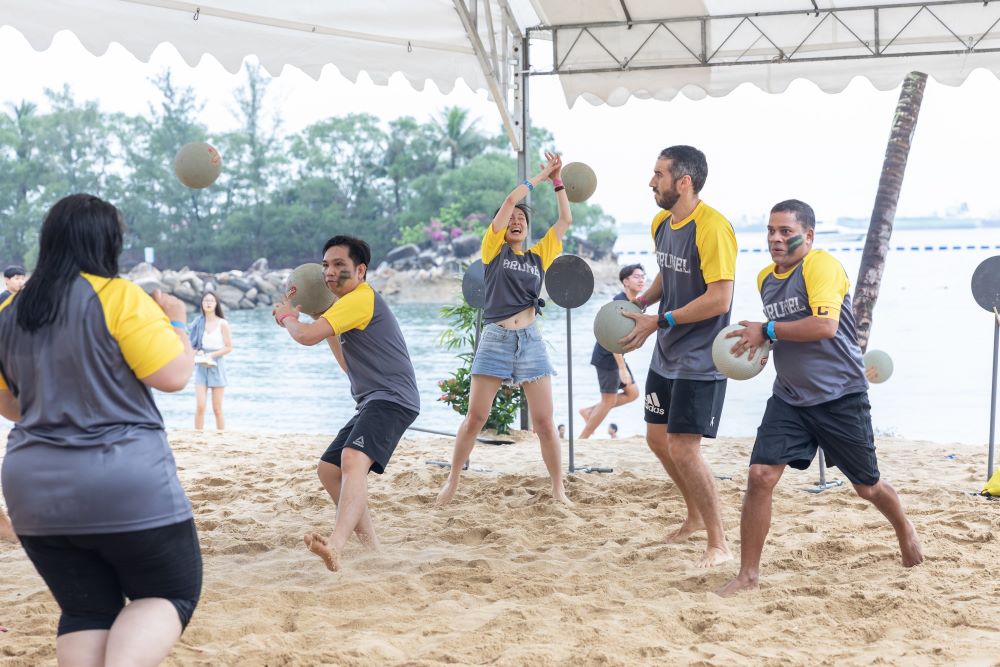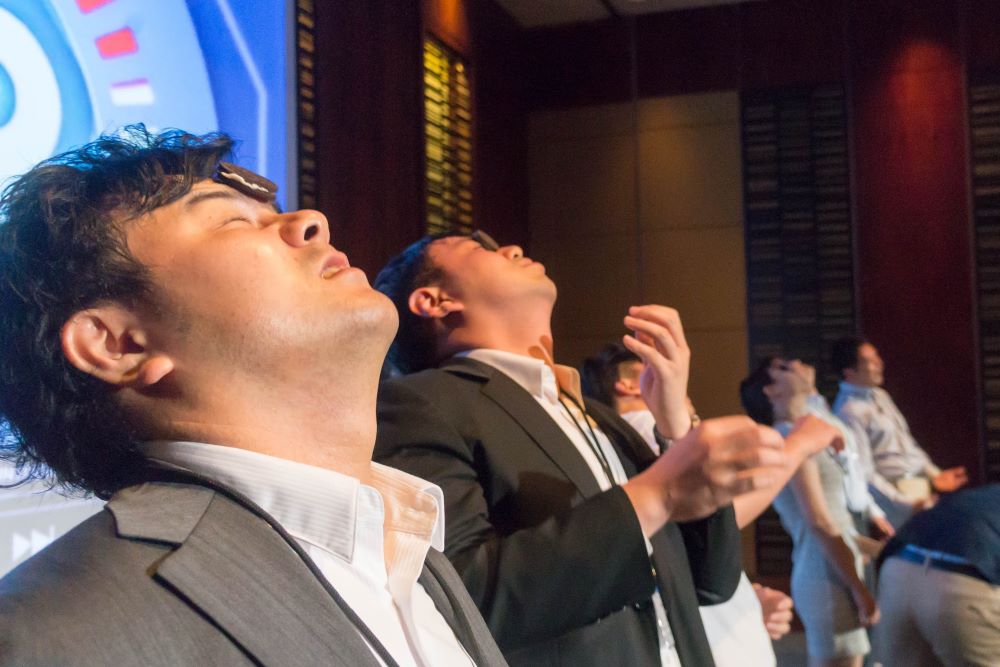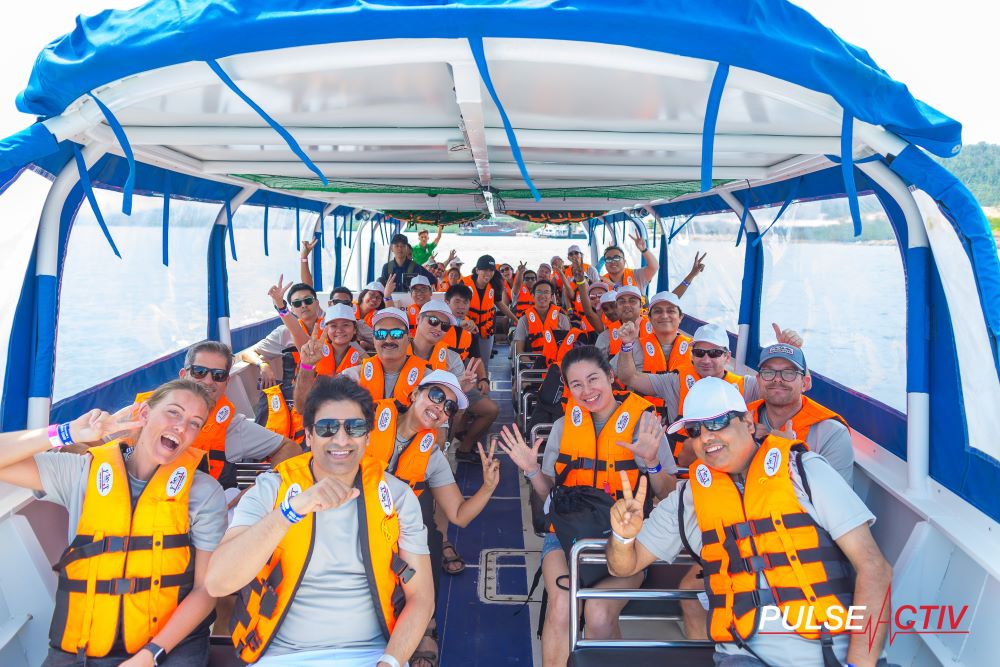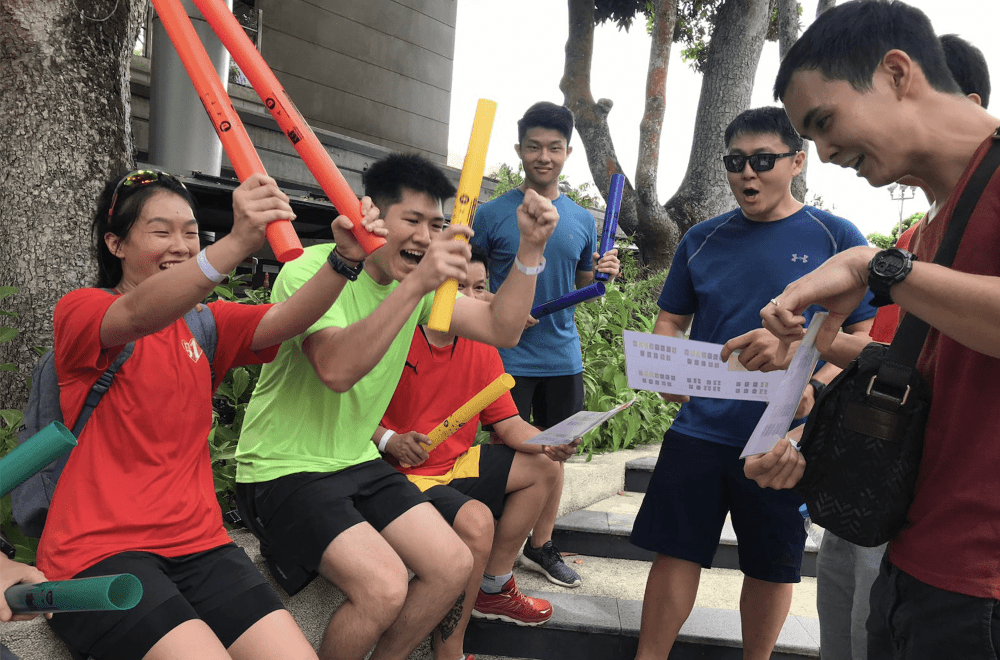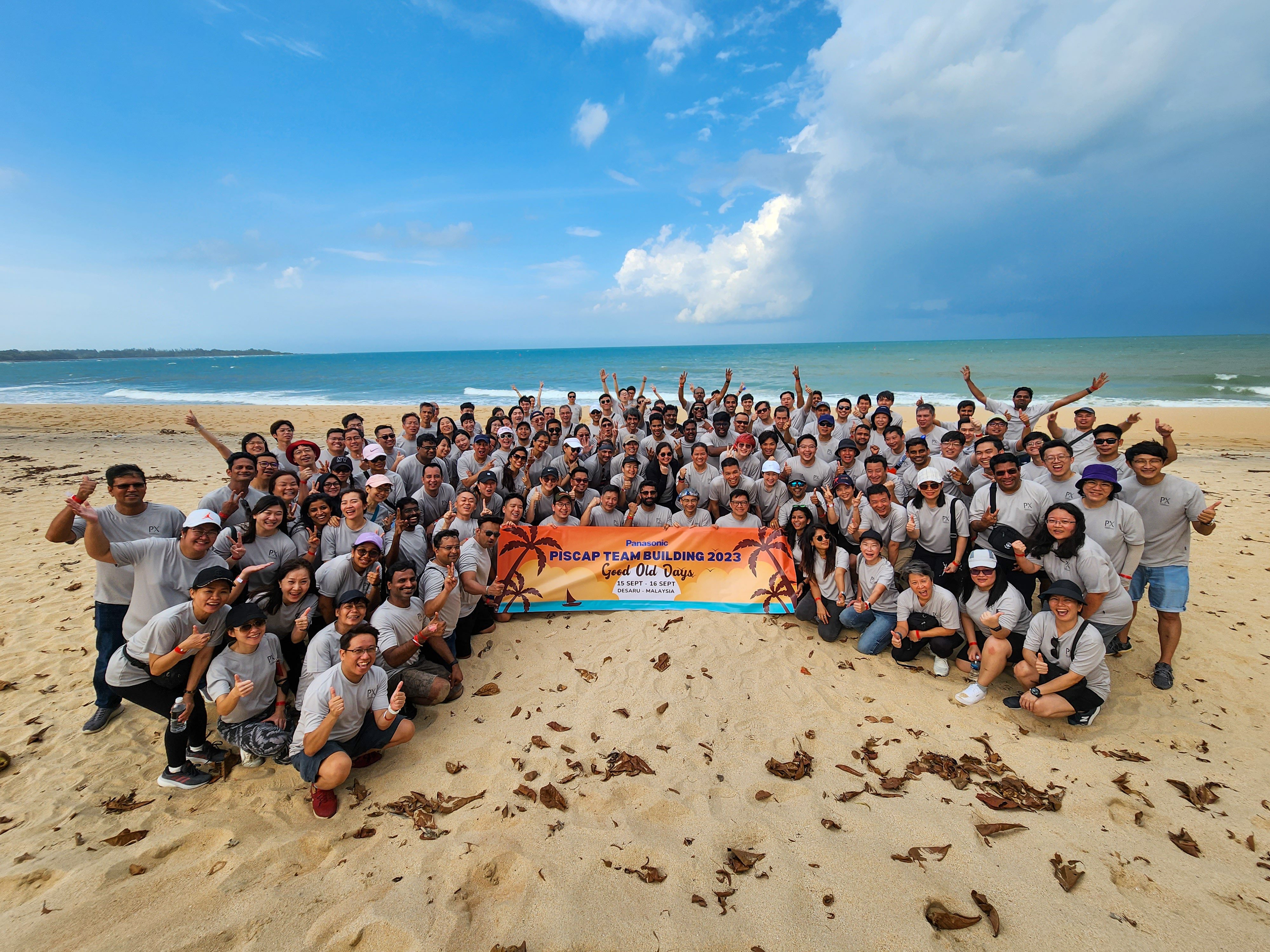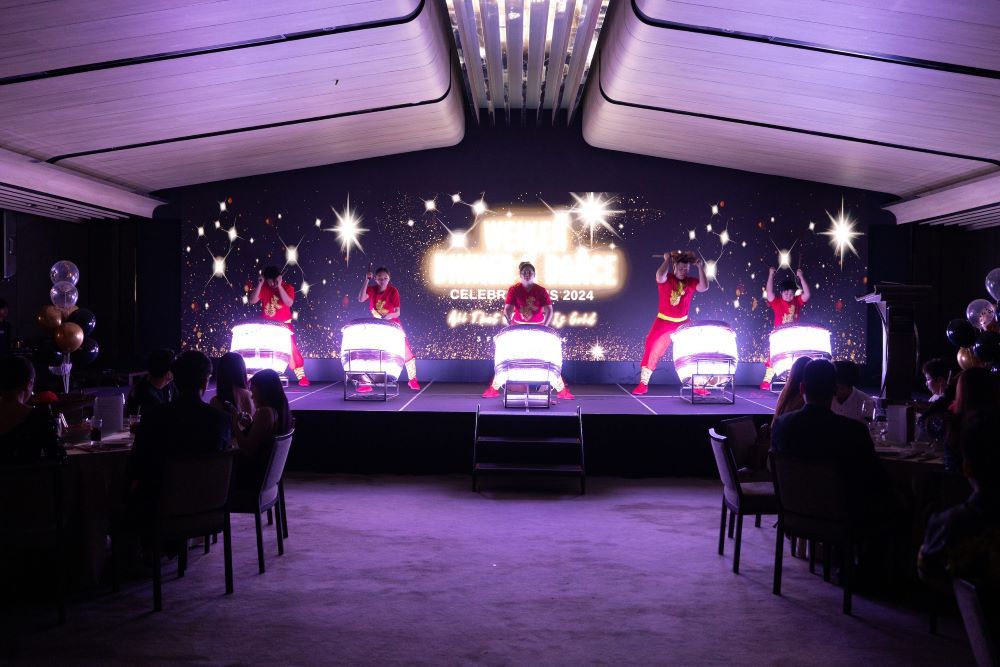August and September: The Best Time for Team Building Activities and Corporate Events in Singapore
In the bustling corporate landscape of Singapore, where deadlines and targets often dominate the agenda, finding the right time to engage in team-building activities and corporate events can be a challenge. However, August and September stand out as the ideal months for these events, offering a unique blend of favorable weather, festive vibes, and strategic timing that can significantly enhance the effectiveness of your corporate gatherings.
1. Optimal Weather Conditions
August and September in Singapore are characterized by a slightly cooler and less humid climate compared to the earlier months of the year. The monsoon season typically winds down by July, leaving behind clear skies and pleasant breezes. This weather is perfect for outdoor team-building activities, allowing participants to fully engage in challenges and games without the discomfort of excessive heat or sudden downpours. Whether you’re planning a day at the beach, a nature trek, or a city-wide scavenger hunt, the weather during these months provides a comfortable and enjoyable experience for all.
2. Strategic Timing in the Corporate Calendar
August and September fall within a relatively quiet period in the corporate calendar. Mid-year reviews are often completed, and the rush of year-end activities has not yet begun. This makes it an opportune time for companies to focus on team cohesion and employee morale. Engaging in team-building activities during this period allows teams to recharge, reconnect, and refocus, setting the stage for a strong finish to the year.
Moreover, with the mid-year rush behind and the festive season still a few months away, employees are more likely to be receptive to participating in corporate events. The absence of looming deadlines and the anticipation of upcoming holidays create a balanced atmosphere, conducive to both work and play.
3. Leveraging Festive Energy
August and September are also rich in cultural celebrations in Singapore. With National Day in August and the Mid-Autumn Festival in September, there’s a palpable festive energy in the air. This period is perfect for incorporating cultural elements into your corporate events, enhancing the experience for your employees. For instance, team-building activities themed around these festivals can foster a deeper appreciation of Singapore’s rich cultural diversity while strengthening team bonds.
Imagine a corporate event where teams compete in lantern-making contests or participate in a National Day-themed Amazing Race around the city. Such activities not only promote teamwork but also align with the cultural pulse of the nation, creating a memorable and meaningful experience for all participants.
4. Capitalizing on Availability and Cost-Effectiveness
August and September are generally off-peak months for travel and events in Singapore. This translates to better availability of venues and vendors for your corporate events. Whether you’re looking to book a luxurious hotel ballroom for a corporate dinner or a scenic outdoor venue for a team-building retreat, you’re likely to find more options available at competitive rates.
Additionally, event organizers and facilitators may offer discounts or promotions during this period, allowing you to maximize your budget without compromising on quality. By planning your team-building activities and corporate events in August and September, you can achieve greater value for money while ensuring a high-impact experience for your employees.
5. Preparing for the Year-End Push
Team-building activities and corporate events in August and September can serve as a crucial preparatory step for the year-end push. As the final quarter of the year approaches, companies often ramp up efforts to meet annual goals and targets. By engaging in team-building exercises during this period, you can strengthen team dynamics, boost morale, and align everyone with the company’s objectives. This ensures that your team is not only ready but also motivated to tackle the challenges of the final quarter.
6. Enhancing Employee Well-being
After months of hard work, August and September offer a natural pause for reflection and rejuvenation. Organizing corporate events focused on employee well-being, such as wellness retreats or stress-relief workshops, can have a profound impact on overall job satisfaction and productivity. The combination of favorable weather, strategic timing, and cultural festivities provides the perfect backdrop for such initiatives, allowing employees to unwind and return to work with renewed energy and enthusiasm.
Conclusion: Seize the Opportunity
August and September present a golden opportunity for companies in Singapore to invest in their most valuable asset—their people. By planning team-building activities and corporate events during these months, you can leverage optimal weather conditions, capitalize on strategic timing, and enhance the overall effectiveness of your corporate initiatives. Whether you’re aiming to strengthen team bonds, celebrate cultural heritage, or prepare for the year-end rush, now is the time to act. Don’t miss out on the chance to create lasting memories and drive your team towards success in the months ahead.
To head back to read another article in our blog, click here.


